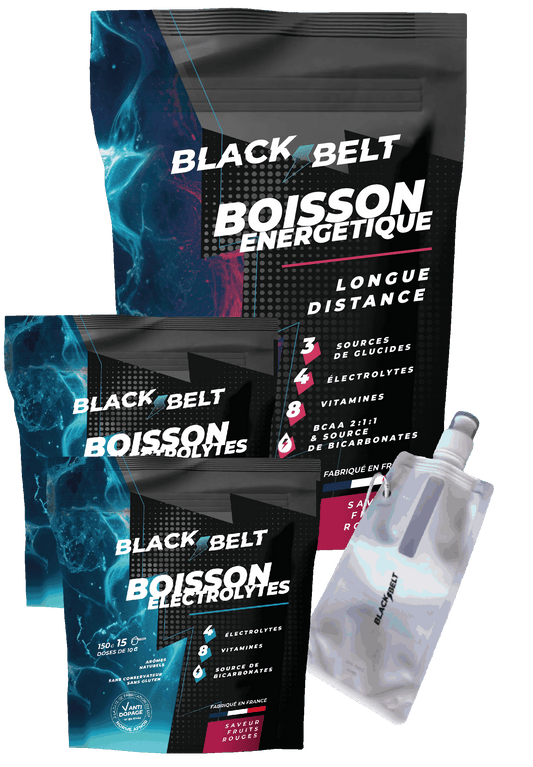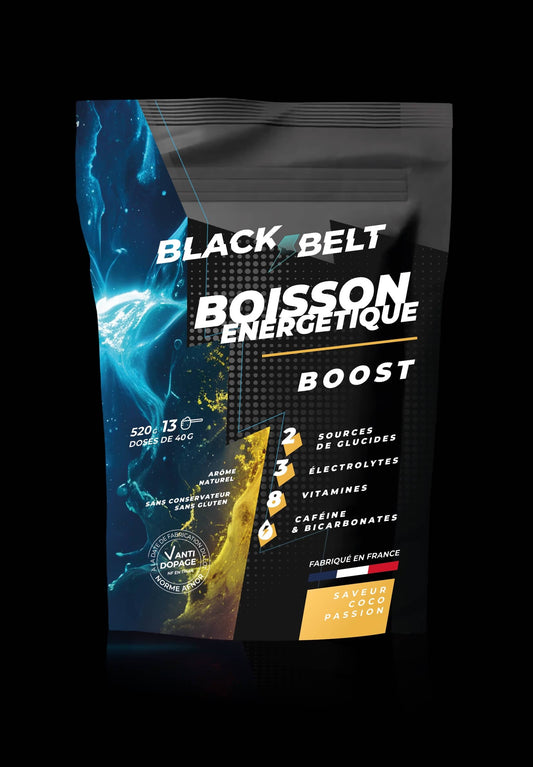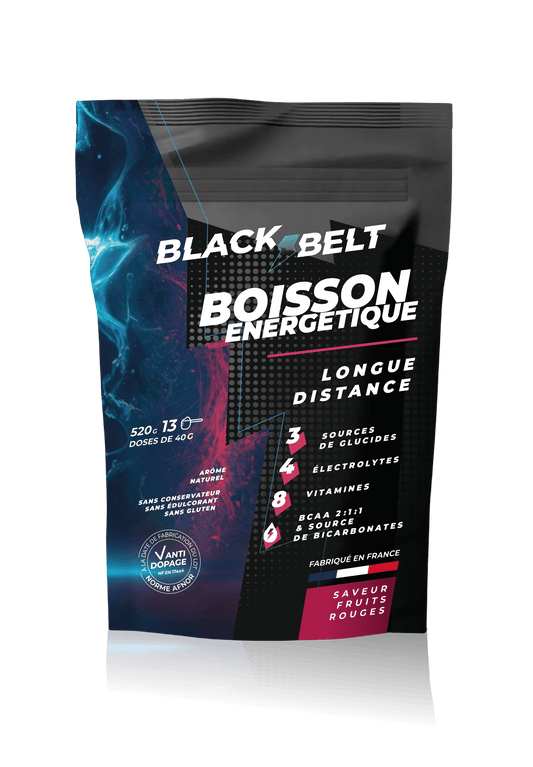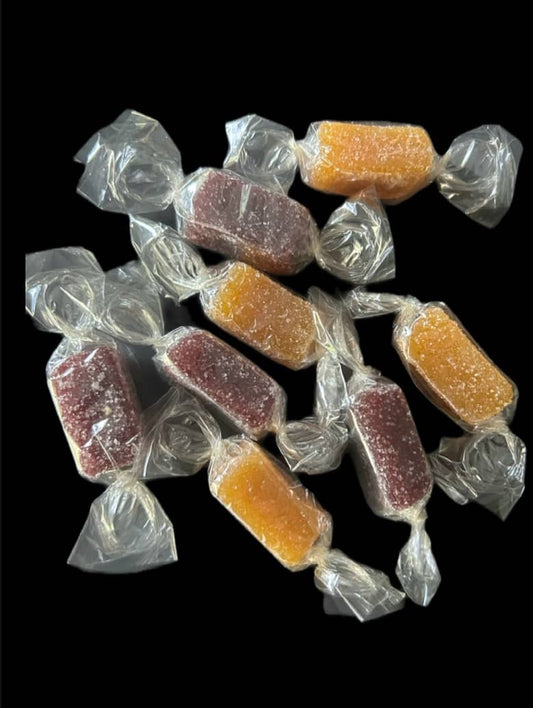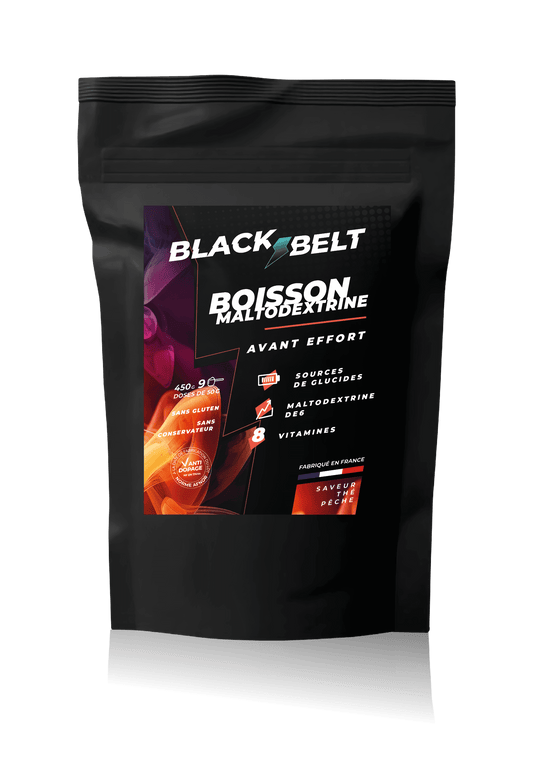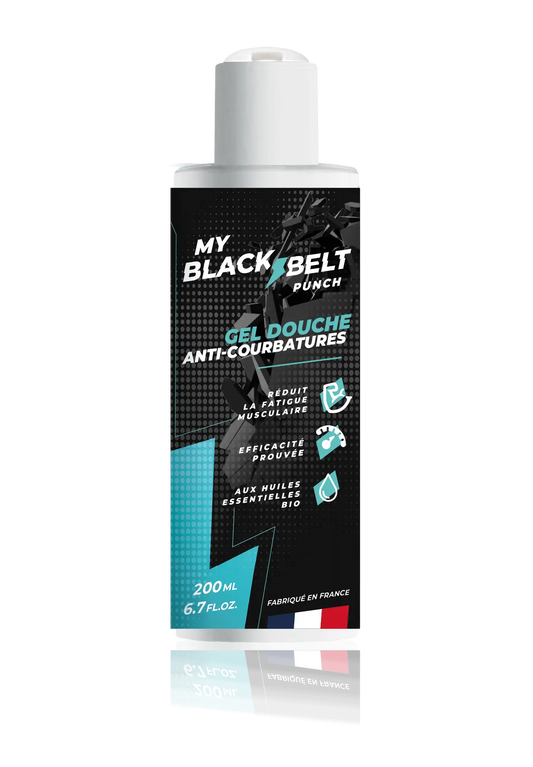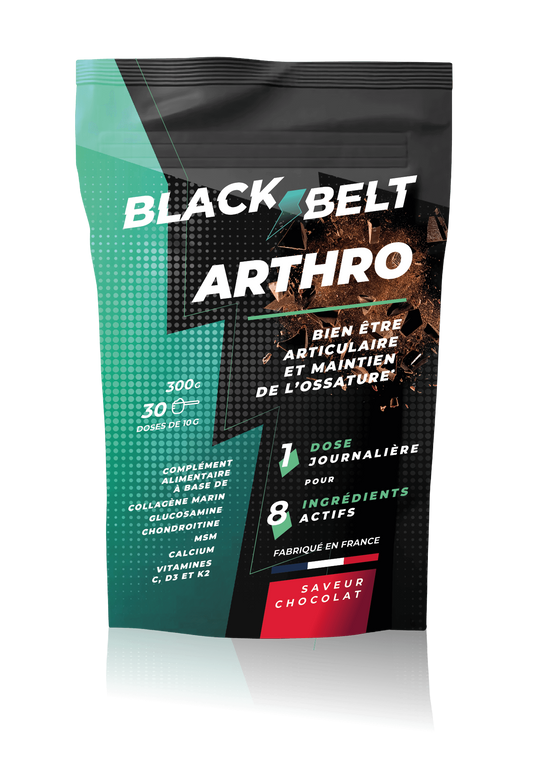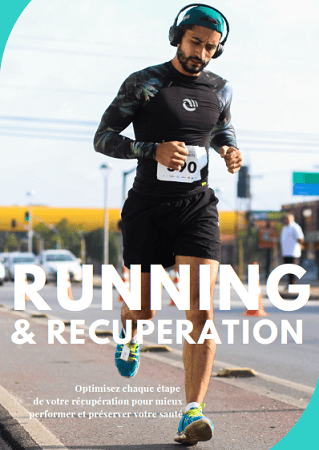How to Calculate Your Target Cycling Speed Based on Power and Terrain?
In cycling, determining your target speed allows you to optimize your effort based on race conditions. Whether you're a road cyclist, a triathlete, or a long-distance rider, knowing your optimal speed based on your power output, terrain type, and wind will help you better manage your energy and improve your performance.
In this article, we will look at how to calculate your target cycling speed and what factors influence your cycling pace.

Why Determine Your Target Speed in Cycling?
Unlike running, where the pace is relatively stable, speed in cycling varies greatly depending on several parameters:
- Power developed (Watt): The more power you generate, the faster you can drive.
- The type of terrain: An uphill, downhill or flat terrain influences your speed for the same effort.
- Wind resistance: A headwind slows you down, while a tailwind can make you gain several km/h.
The benefits of knowing your target speed:
- Better manage your effort during races or training.
- Optimize your pacing on long events (Gran Fondo, Ironman, CLM).
- Anticipate the impact of wind and elevation on average speed.
- Adjust your gear and cadence to remain efficient.
- By analyzing these parameters, you can adapt your strategy to maximize your performance and avoid burning out too early.

How to Calculate Your Cycling Speed Based on Power and Terrain?
Target speed in cycling depends on three main factors:
- The power developed (W)
- The type of terrain (flat, uphill, downhill)
- Wind speed (head, side or rear)
The basic formula used to estimate speed is:
- k is a coefficient which depends on the type of bike (road, triathlon, mountain bike) and the position of the cyclist (aero, upright, standing).
- Simplified calculation example:
A cyclist who develops 250W on flat ground without wind will be able to ride at around 35 km/h with a classic road bike.
- But if there is a headwind of 20 km/h, its speed will drop to around 28-30 km/h for the same effort.

Factors that Influence Speed in Cycling
1. Power and Aerodynamics
- The higher the power, the greater the speed.
- Aerodynamics plays a key role: riding in the aero position can save you 2 to 5 km/h with equal effort.
Tip: Adopt an efficient position and optimize your equipment (aero helmet, profiled wheels) to reduce wind resistance.
2. Terrain Impact: Flat, Uphill, Downhill
- On flat ground, rolling resistance and aerodynamics are the main brakes.
- When climbing, the cyclist's weight becomes decisive: a light rider will climb faster with equal power.
- When going downhill, gravity and aerodynamics allow high speeds to be reached.
Example: At 250W, a cyclist rides at 35 km/h on the flat, but only 15 km/h on a 6% slope.
Tip: Adjust your gear ratio to maintain an efficient cadence when climbing and descending.
3. The Influence of Wind on Speed
✔ Headwind = Reduced speed for the same power.
✔ Tailwind = Significant speed gain.
✔ Crosswind = Can destabilize and force you to change your position.
Example: A cyclist at 250W and 35 km/h on the flat can drop to 28 km/h with a headwind of 20 km/h or climb to 40 km/h with a tailwind of 20 km/h.
Tip: Use suitable wheels and adjust your position to minimize wind resistance.
How to Improve Your Target Speed in Cycling?
1. Increase your Power
- Work in short and long intervals to improve your power threshold.
- Increase your muscular strength to generate more watts.
2. Improve your aerodynamics
- Reduce air resistance by adopting a more compact position.
- Use a helmet and tight-fitting clothing to limit drag.
3. Adapt your strategy according to the terrain and the wind
- In a headwind: Maintain constant power and avoid high gears.
- Uphill: Keep a smooth cadence (80-90 RPM) and avoid jolts.
- Downhill: Adopt an aerodynamic posture to maximize speed.
Conclusion: Drive Faster with an Optimal Strategy
Knowing your target speed when cycling is essential to better manage your effort and optimize your performance.
With our simulator, you can estimate your speed based on your power, terrain type and wind conditions.
Try it now and adapt your training to get faster on the bike!
Increase your speed with our products:
-
Pack hydratation - Longue distance
Regular price €54,90Regular priceUnit price / per€59,80Sale price €54,90Sale -
 Sale
SalePack Hydratation
Regular price €29,80Regular priceUnit price / per€34,70Sale price €29,80Sale -
Boisson Énergétique BOOST
Regular price €26,90Regular priceUnit price / per€26,90Sale price €26,90 -
Long Distance Energy Drink
Regular price €26,90Regular priceUnit price / per€26,90Sale price €26,90 -
Electrolyte Drink
Regular price €14,90Regular priceUnit price / per€14,90Sale price €14,90 -
Pack: Health Essentials
Regular price From €64,90Regular priceUnit price / per€69,70Sale price From €64,90Sale -
Pâtes de Fruits Énergétiques
Regular price €12,90Regular priceUnit price / per€12,90Sale price €12,90 -
Maltodextrine DE6 avant course
Regular price €16,90Regular priceUnit price / per -
BlackBelt Punch - Shower Treatment
Regular price From €15,90Regular priceUnit price / per€15,90Sale price From €15,90 -
Pastilles d'Electrolytes
Regular price From €9,90Regular priceUnit price / per€9,90Sale price From €9,90 -
BlackBelt Arthro - Joint & Bone Care - Chocolate Flavor
Regular price €39,90Regular priceUnit price / per€39,90Sale price €39,90 -
Collagène Marin Français Cartidyss® Type II
Regular price From €29,90Regular priceUnit price / per€29,90Sale price From €29,90 -
Multivitamins 11 Vitamins + 8 Minerals + Spirulina
Regular price €19,90Regular priceUnit price / per€19,90Sale price €19,90 -
Omega 3 Epax®
Regular price From €19,90Regular priceUnit price / per€19,90Sale price From €19,90 -
Energy Booster Capsules - Pre Workout
Regular price €19,90Regular priceUnit price / per€19,90Sale price €19,90 -
Ashwagandha Shoden®
Regular price €19,90Regular priceUnit price / per€19,90Sale price €19,90 -
FREE Guide: Running & Recovery
Regular price €0,00Regular priceUnit price / per
Other articles that may interest you:
Calculateur de Vitesse Cible
Résultats :
Vitesse estimée : - km/h
More than 25 free tools in my toolbox
Subscribe to our emails
-
FREE Guide: Running & Recovery
Regular price €0,00Regular priceUnit price / per -
Booster son allure en course à pied
Regular price €0,00Regular priceUnit price / per -
FREE Guide: Healthy Gourmet Recipes
Regular price €0,00Regular priceUnit price / per -
FREE Guide: The Menstrual Cycle and Sport
Regular price €0,00Regular priceUnit price / per -
FREE Guide: Avoid Injuries and Perform at Any Age
Regular price €0,00Regular priceUnit price / per -
Ebook: The keys to flexibility
Regular price €8,99Regular priceUnit price / per

